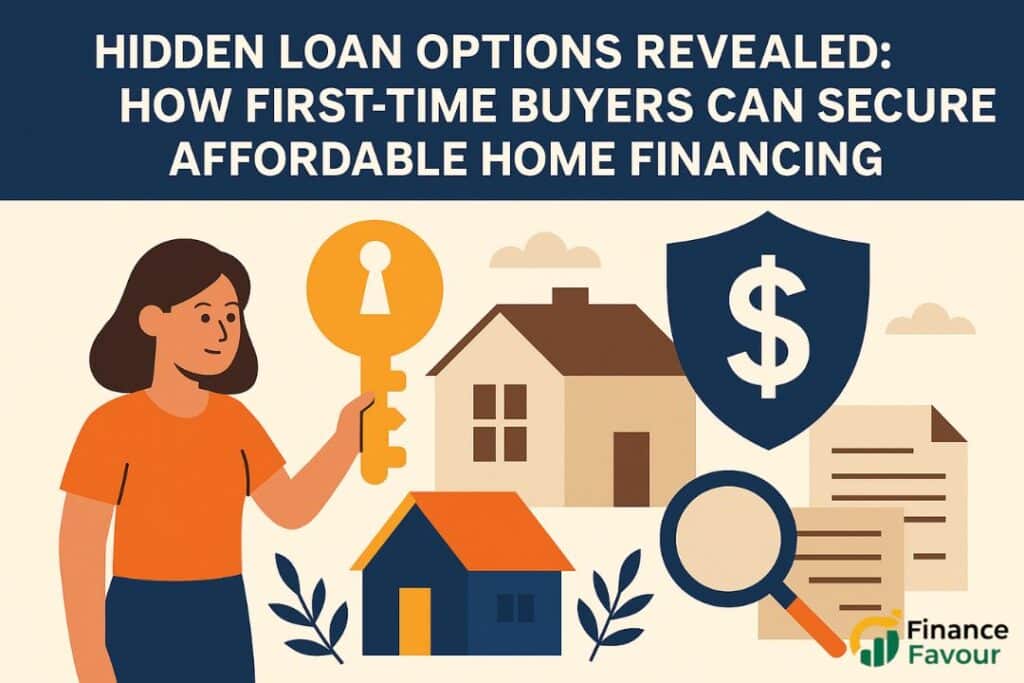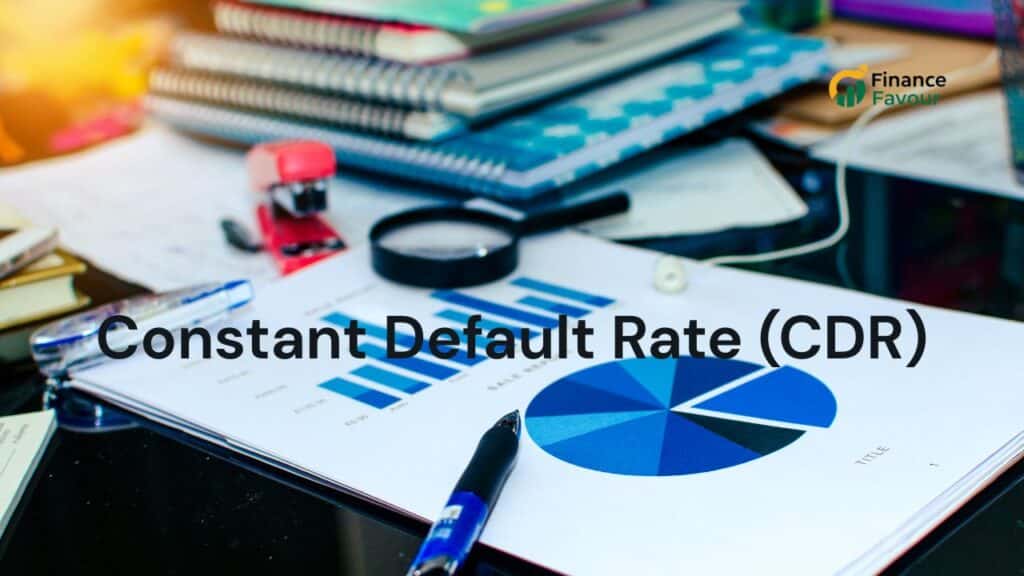Navigating the world of real estate financing can often feel overwhelming, especially for homebuyers and investors seeking alternative options like low or no documentation loans. These unique mortgage products, which became popular during various housing booms, offer a streamlined mortgage application process by requiring minimal financial information from borrowers. In this guide, we will delve into the origins and evolution of these loans, highlighting both their benefits and potential risks. As a trusted advisor in the financial landscape, we aim to equip you with the knowledge needed to make informed decisions, emphasizing the opportunities that low doc loans present in today’s market. Whether you’re a foreign investor or a local buyer, understanding these borrowing options can open doors to new real estate ventures and investment possibilities.
Origins of Low/No Documentation Loans
Low and no documentation loans have a rich history in the mortgage industry. Let’s explore their origins, rise during housing booms, and defining characteristics.
Historical Context and Development
Low and no documentation loans emerged in the 1980s as a response to changing economic conditions. These loans were initially designed for self-employed individuals and those with non-traditional income sources.
The concept was simple: reduce the paperwork burden for borrowers who might struggle to provide extensive financial documentation. This innovation opened doors for many who were previously shut out of the traditional mortgage market.
As the real estate market evolved, so did these loan products. They became increasingly popular among a wider range of borrowers, including investors and those seeking quick property acquisitions.
Rise During Housing Booms
During housing booms, particularly in the early 2000s, low and no documentation loans saw a significant surge in popularity. This period of rapid property value appreciation created a perfect storm for these alternative lending options.
Lenders, eager to capitalize on the booming market, relaxed their standards and offered these loans more freely. Borrowers, enticed by the prospect of easy homeownership, flocked to these products.
The widespread adoption of these loans played a role in fueling the housing bubble, as it allowed more people to enter the market with less scrutiny of their financial situation.
Defining Characteristics
Low and no documentation loans are characterized by their simplified application process and reduced documentation requirements. The key features include:
- Minimal income verification
- Reduced asset documentation
- Streamlined approval process
These loans often rely more heavily on factors like credit scores and property values rather than detailed financial histories. While offering flexibility, they typically come with higher interest rates to offset the increased risk to lenders.
The Mortgage Application Process Simplified
Low and no documentation loans offer a streamlined approach to mortgage applications, reducing the paperwork burden for borrowers. Let’s examine how these loans simplify the process.
Minimal Financial Information Required
Low and no documentation loans significantly reduce the amount of financial information borrowers need to provide. This streamlined approach can be particularly beneficial for certain types of borrowers.
For self-employed individuals or those with irregular income, these loans offer a way to bypass the traditional income verification process. Instead of providing years of tax returns and financial statements, borrowers might only need to state their income.
Property investors often find these loans attractive as they can focus on the potential of the investment rather than their personal financial history. This can be especially useful for those looking to quickly capitalize on market opportunities.
Streamlining the Application Journey
The application process for low and no documentation loans is designed to be faster and more straightforward than traditional mortgages. Here’s a typical streamlined journey:
- Initial consultation with a lender
- Basic financial information provided (often just a stated income)
- Credit check and property appraisal
- Loan terms offered based on available information
- Closing process initiated
This simplified process can significantly reduce the time from application to approval, making it an attractive option for those needing quick financing solutions.
However, it’s important to note that while the process is simpler, it often comes with higher interest rates or fees to offset the increased risk to the lender.
Benefits of Low Documentation Loans
Low documentation loans offer several advantages to borrowers, particularly in terms of flexibility and speed. Let’s explore these benefits in detail.
Flexibility and Accessibility
Low documentation loans provide a level of flexibility that traditional mortgages often can’t match. This flexibility manifests in several ways:
For self-employed individuals, these loans offer a path to homeownership that might otherwise be challenging. By focusing less on traditional income documentation, these loans accommodate those with variable or non-traditional income streams.
Investors find these loans particularly useful for quick property acquisitions. The reduced paperwork requirements allow for faster decision-making in competitive markets.
Additionally, these loans can be accessible to those who might struggle with conventional loans due to unique financial situations or recent career changes.
Speed in Loan Approval
One of the most significant advantages of low documentation loans is the speed of the approval process. This accelerated timeline can be crucial in certain situations:
In hot real estate markets, the ability to secure financing quickly can make the difference between closing a deal and missing out. Low doc loans can often be approved in days rather than weeks.
For borrowers facing time-sensitive financial needs, such as debt consolidation or urgent property repairs, the rapid approval process of these loans can be a lifesaver.
However, it’s important to note that while the process is faster, borrowers should still carefully consider the terms and ensure they can meet the financial obligations of the loan.
Risks of No Documentation Loans
While no documentation loans offer convenience, they come with their own set of risks. It’s crucial to understand these potential drawbacks before proceeding.
Potential for Higher Interest Rates
No documentation loans typically come with higher interest rates compared to traditional mortgages. This increase in rates is due to the higher risk lenders assume when offering these loans.
Without extensive financial documentation, lenders have less assurance of a borrower’s ability to repay. To compensate for this increased risk, they often charge higher interest rates.
Over the life of the loan, these higher rates can significantly increase the total cost of borrowing. Borrowers should carefully consider whether the convenience of a no doc loan outweighs the long-term financial impact.
Creditworthiness and Loan Security
The relaxed documentation requirements of no doc loans can sometimes lead to issues with creditworthiness and loan security:
Without thorough income verification, there’s a risk that borrowers might overestimate their ability to repay the loan. This can lead to financial strain and potential default.
Lenders may require larger down payments or additional collateral to secure these loans, which can be challenging for some borrowers.
In some cases, these loans might be subject to stricter regulatory scrutiny, potentially leading to complications down the line.
Considerations for Borrowers
Before opting for a low or no documentation loan, borrowers should carefully evaluate their options and understand the current lending landscape.
Evaluating Loan Types and Borrowing Options
When considering low or no documentation loans, it’s crucial to compare them with other loan types. Here’s a quick comparison:
| Loan Type | Documentation Required | Interest Rates | Approval Speed |
| Traditional | Extensive | Lower | Slower |
| Low Doc | Minimal | Higher | Faster |
| No Doc | Very minimal | Highest | Fastest |
Consider your financial situation, income stability, and long-term goals when choosing a loan type. Sometimes, the extra effort of gathering documentation for a traditional loan might be worth the lower interest rates.
Remember that low and no doc loans aren’t the only alternative options. FHA loans, VA loans, and other specialized programs might offer better terms depending on your circumstances.
Navigating Today’s Lending Landscape
The lending landscape has evolved significantly since the housing crisis of 2008. Today’s low and no documentation loans are subject to stricter regulations:
Lenders are required to verify a borrower’s ability to repay, even with reduced documentation. This often means a closer look at credit scores and assets.
Interest rates for these loans may be higher than in the past due to increased risk perception and regulatory requirements.
When considering a low or no doc loan in today’s market:
- Shop around with multiple lenders to compare terms
- Be prepared for more scrutiny of your overall financial picture
- Consider working with a mortgage broker who specializes in these loan types
By understanding the current landscape and your options, you can make an informed decision about whether a low or no documentation loan is the right choice for your financial future.
Conclusion
No documentation loans offer speed and convenience, but they also present a unique set of risks and challenges. It’s important to weigh all factors – cost, convenience, financial readiness, and market conditions – before deciding on the best loan option. By doing so, you can make a decision that aligns with your financial goals and minimizes unnecessary risks. Remember, your financial well-being is essential, and careful consideration of all loan options is a critical step in safeguarding it.
Check this post 125% Loans Explained




